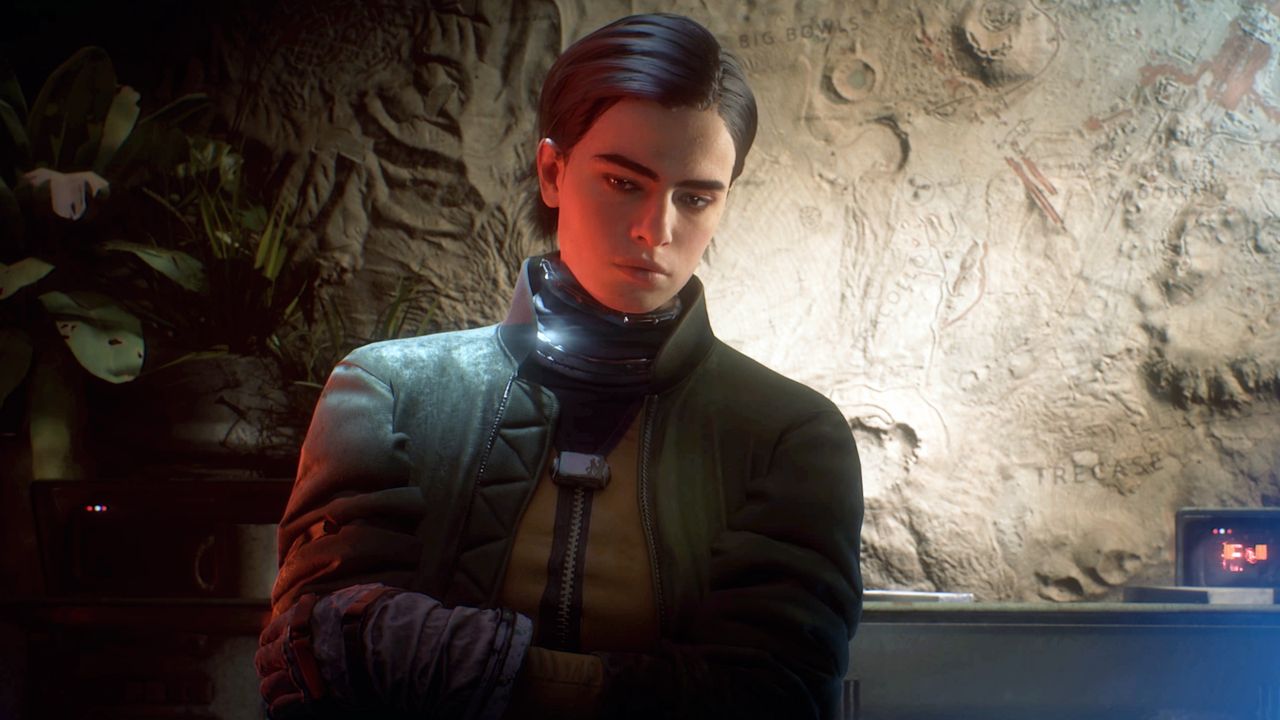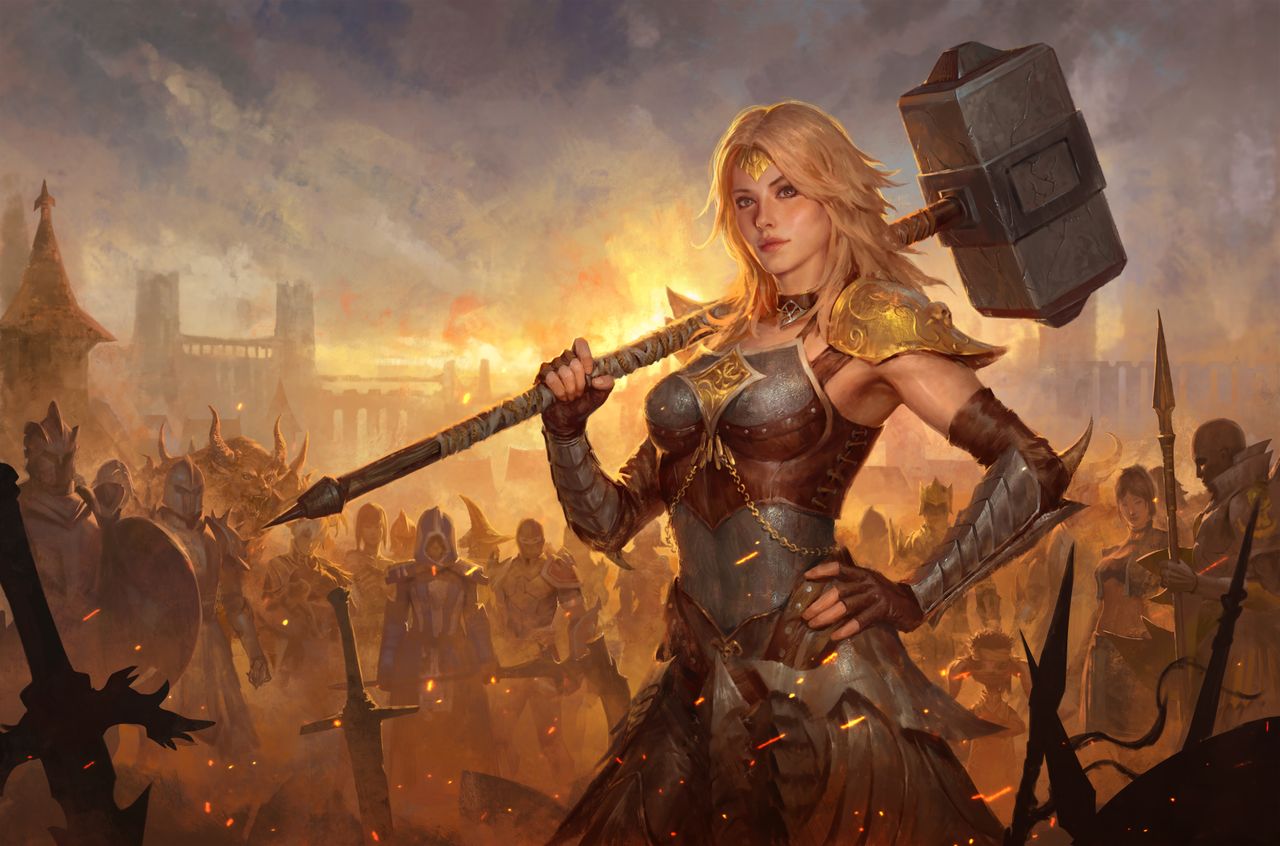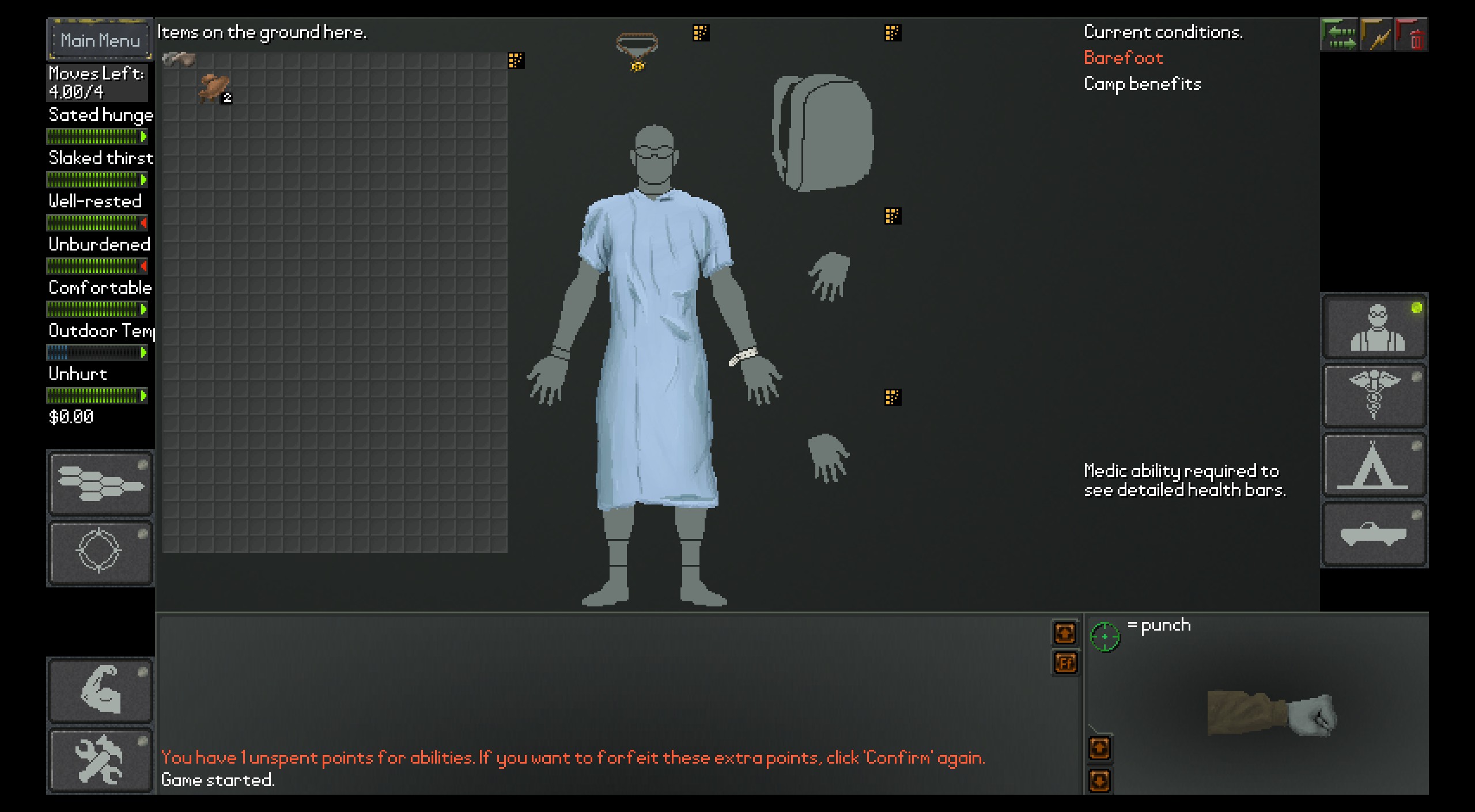2008’s Prince of Persia was one of Ubisoft’s strangest experiments—but it’s hardly aged a day in 15 years
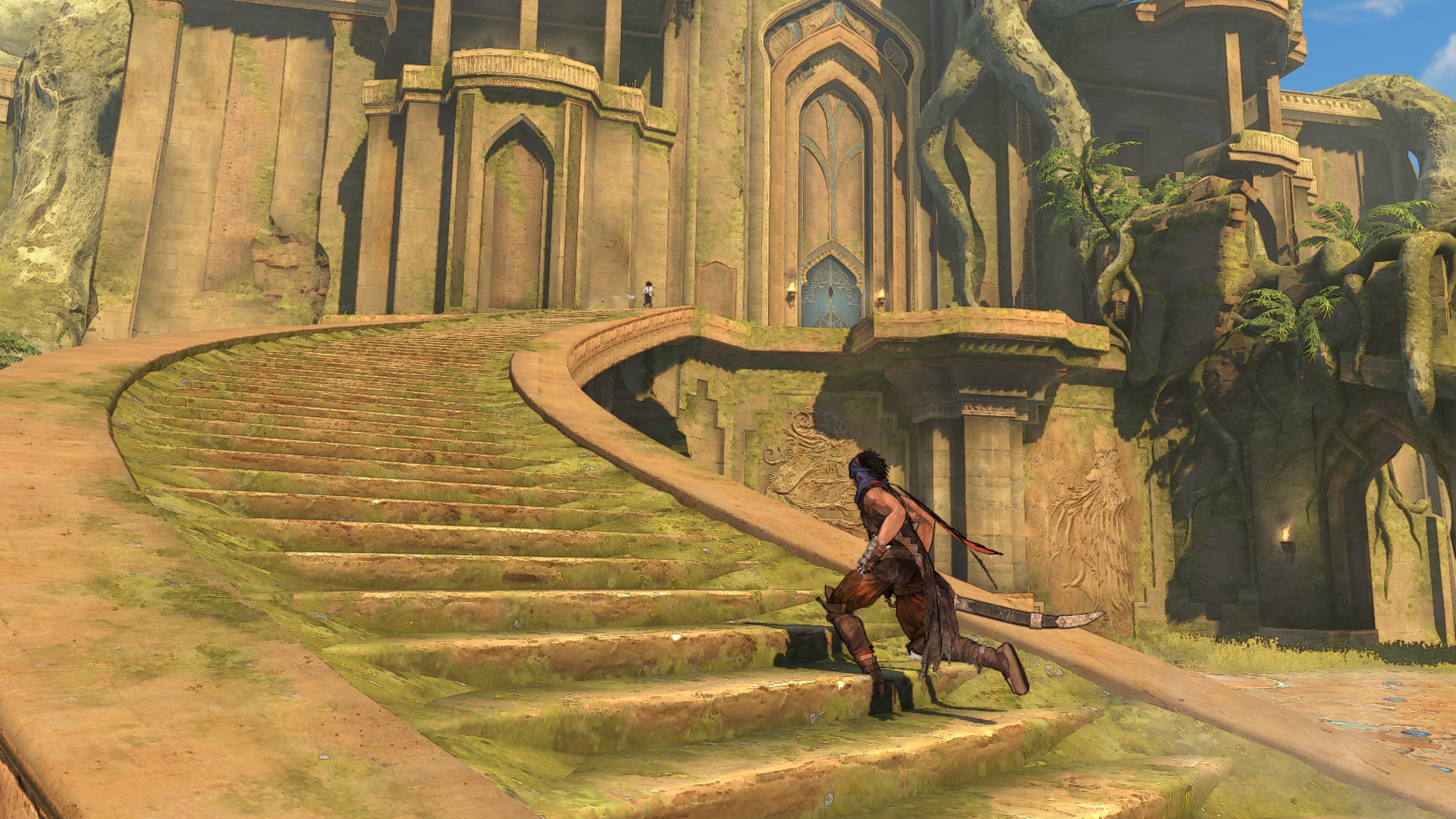
Reinstall
This article first appeared in PC Gamer magazine issue 384 in May 2023, as part of our Reinstall series. Every month we load up a beloved classic—and find out whether it holds up to our modern gaming sensibilities.
By the late 2000s, the Prince of Persia series was already on its way out. 2008’s entry, simply titled Prince of Persia, wasn’t quite the last gasp, but it was the last attempt at forging a real future for the series—a reboot that took big swings in an attempt to update the formula.
Though well received critically at launch, it doesn’t hold much of a place in the heart of your average Prince of Persia fan—but I’ve always had a soft spot for it. That fondness has only grown as modern videogaming has gradually dumbed down traversal. Sure, Assassin’s Creed still lets you climb any building you like, but all you’re doing is pointing in a direction and holding down a button. The Prince of Persia series was all about embracing the fun of leaping, swinging, clambering, and wall-running for its own sake, and in my memory the 2008 game was the exemplar of that—the moment Prince of Persia focused most strongly on that core identity.
But, memories can be flawed. With the Sands of Time remake in theory on the horizon, it seems the perfect time to give Prince of Persia 2008 a reinstall, and find out how rose-tinted my recollections are.
Flirt locker

The game still makes a strong first impression. To say it holds up visually is an understatement—thanks to a rich, cel-shaded art-style and lavish environmental design, it remains absolutely gorgeous. You know when you see some amazing concept art from a game and think, “I wish the final thing looked like that,”? Prince of Persia 2008 is the game that does.
Set across an ancient city, it takes every opportunity it can get to show you a huge edifice in the distance. The sense of scale is wonderful—and it’s the perfect pairing with a game about climbing. Every time you spot some far-off structure, you know you’ll be making your way to the top of it before too long.
Every time you spot some far-off structure, you know you’ll be making your way to the top of it before too long.
The two lead characters have aged rather less well. With his generically handsome mug, Nolan North voice, and endless sarcastic quips the rebooted Prince couldn’t be more of a late-2000s videogame protagonist. His constant companion Elika is a sexy fantasy girlfriend who’s sassy and self-confident yet regularly faints into the Prince’s arms thanks to her taxing magical powers. The majority of the game’s story simply consists of listening to these two cardboard cutouts awkwardly flirt.
But while their dialogue may be grating, they do work well together as climbing partners. You control the Prince, but Elika is always close behind, and as you progress you become able to use her magic in your traversal. The movements of the two side by side are wonderfully smooth as they nimbly swap places on a beam or climb past each other up a wall, and invoking Elika’s powers is seamless. It really is an impressive feat of animation.
Their joint goal is to cleanse this fallen city of a supernatural corruption that has swallowed it up—oily gunge and undead monsters everywhere. By parkouring around the ruins, you’re able to reach ‘Fertile Grounds’—points that, if cleansed, will heal and transform the area around them, restoring its greenery and clearing it of traps and enemies.
All of these areas are interconnected, forming what is effectively a continuous open world—and you’re free to tackle its Fertile Grounds in pretty much any order you like. It’s a big departure from the more linear Prince of Persia games that preceded it, and it does make you feel all the more a master of your environment that you’re able to carve your own path through the world.
Swing city
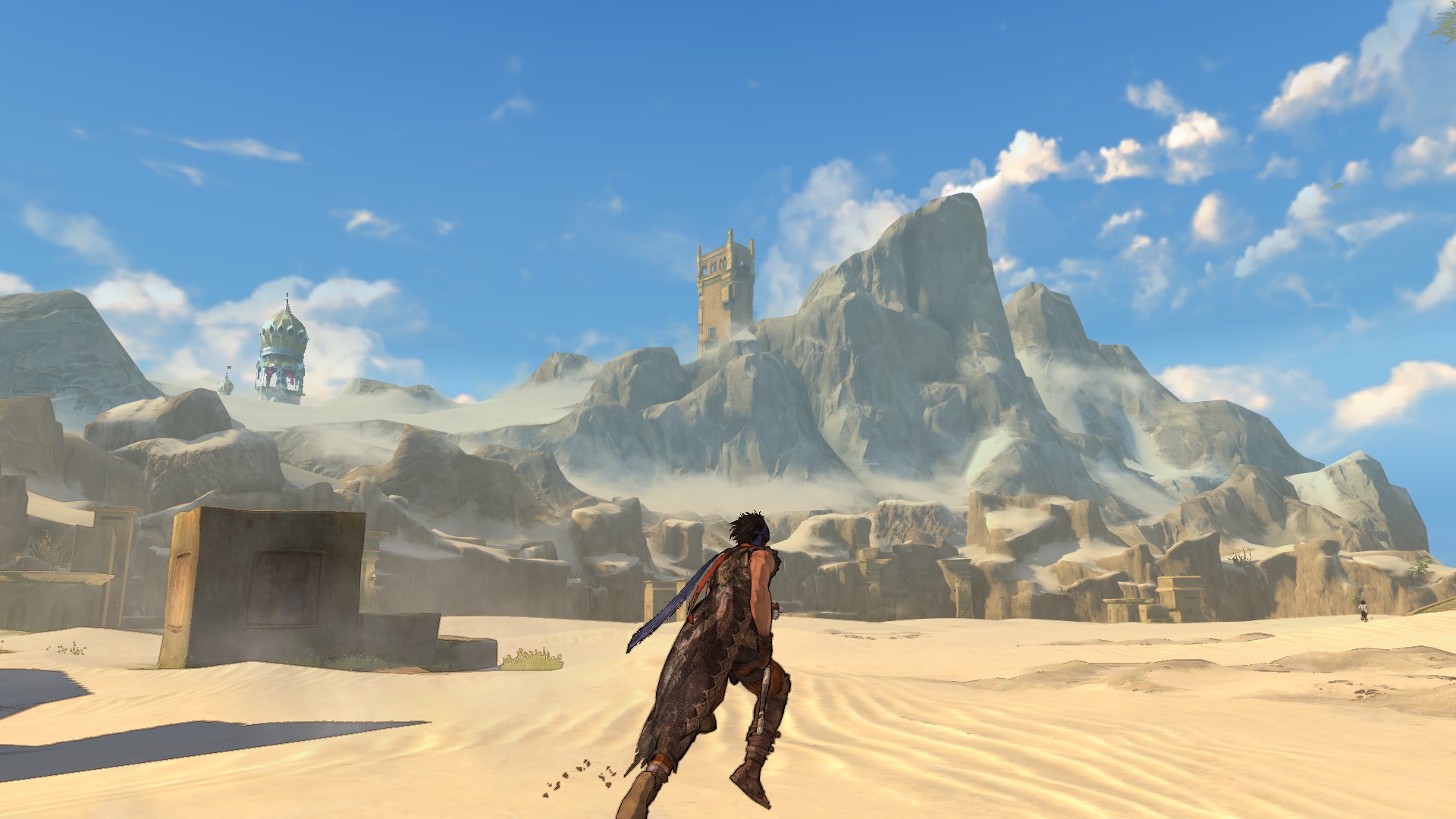
The problem is, it means the game can never really build on its ideas. Because the developer can’t know what order you’re going to play the levels in, nothing can ever really escalate or evolve. The core action is rich and fun—in the rhythm of stringing together acrobatic moves, relying on both reflexes and forward planning as you chart your path, it’s a blast. But the difficulty curve is, by necessity, almost completely flat.
It seems oddly afraid of letting your failures have any consequences.
As I remembered, the platforming is the star of the show, but even here you can see the drift towards streamlining and simplicity. The game finds its sweet spot of difficulty, and essentially stays there for its entire ten-hour runtime, but even within those bounds, it seems oddly afraid of letting your failures have any consequences—any time you fall, Elika uses her powers to save you.
The same applies to the game’s oddly experimental combat. Fights aren’t really the strong suit of any of the Prince of Persia games, and as part of this one’s quest to refocus the series’ identity, it streamlines them down into a sort of tug of war rhythm game where you try to string together button combos to unleash canned animations. Your attacks push up a meter, and your enemy’s push it down—you have to fill it up to the end to defeat them. Let it drain completely and… well, Elika saves you. You have to admire its strangeness—I don’t think it’s quite like anything before or since—but it’s quite toothless.
Weighing up its flaws, I have a moment of doubt—was my nostalgia for Prince of Persia misplaced all these years? But I press on, and my fears are soon put to rest. Despite its stumbles, it’s still fun traversing its beautiful spaces like a sight-seeing spider monkey. After so many modern games have rendered the act of moving through and around a space uninteresting, it’s a joy to return to an era where it could still be the best part of the experience.
Fit for a prince
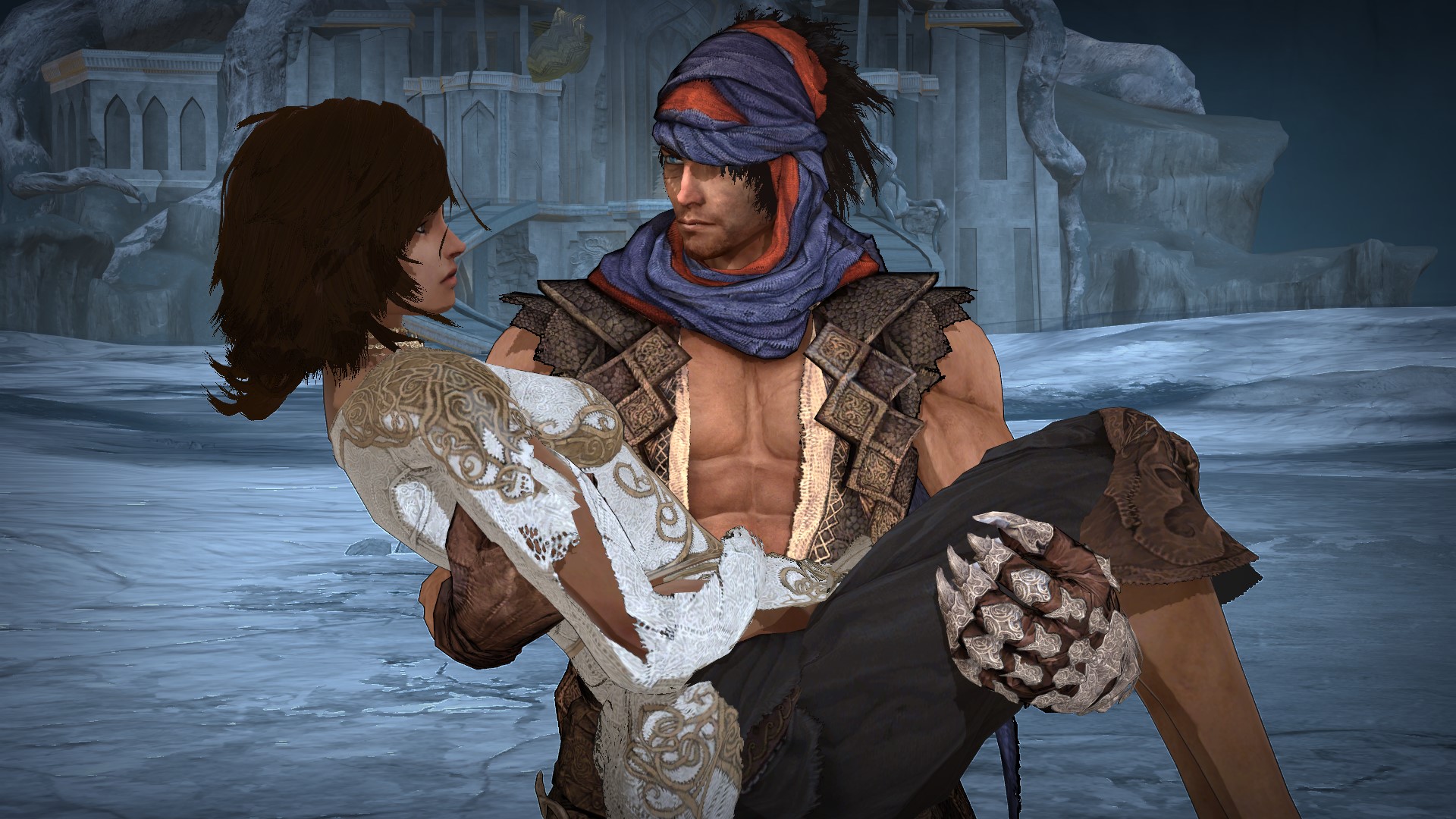
At first intending just to explore for a few hours, momentum soon carries me right through to the finish. I’m glad it does, because I get to re-experience Prince of Persia’s most fascinating element of all: its ending. Be warned, spoilers for a 15-year-old game follow.
As you explore the city and cleanse its corruption, restoring it to beauty and safety, the reason behind the corruption is left unexplained, the only hint being clashes with Elika’s corrupted father that suggest it was somehow his fault. Regardless, your mission is clear—you keep healing Fertile Grounds, and eventually the final one is cleansed. It’s a moment of real satisfaction, the lush visuals rewarding you with a sense of a land truly restored to beauty.
It’s at that point that you discover the truth: the transgression that doomed the land was Elika’s resurrection. She died, and in his grief her father made a pact to bring her back, unleashing the corruption. To fix that mistake, she must give up her life once again.
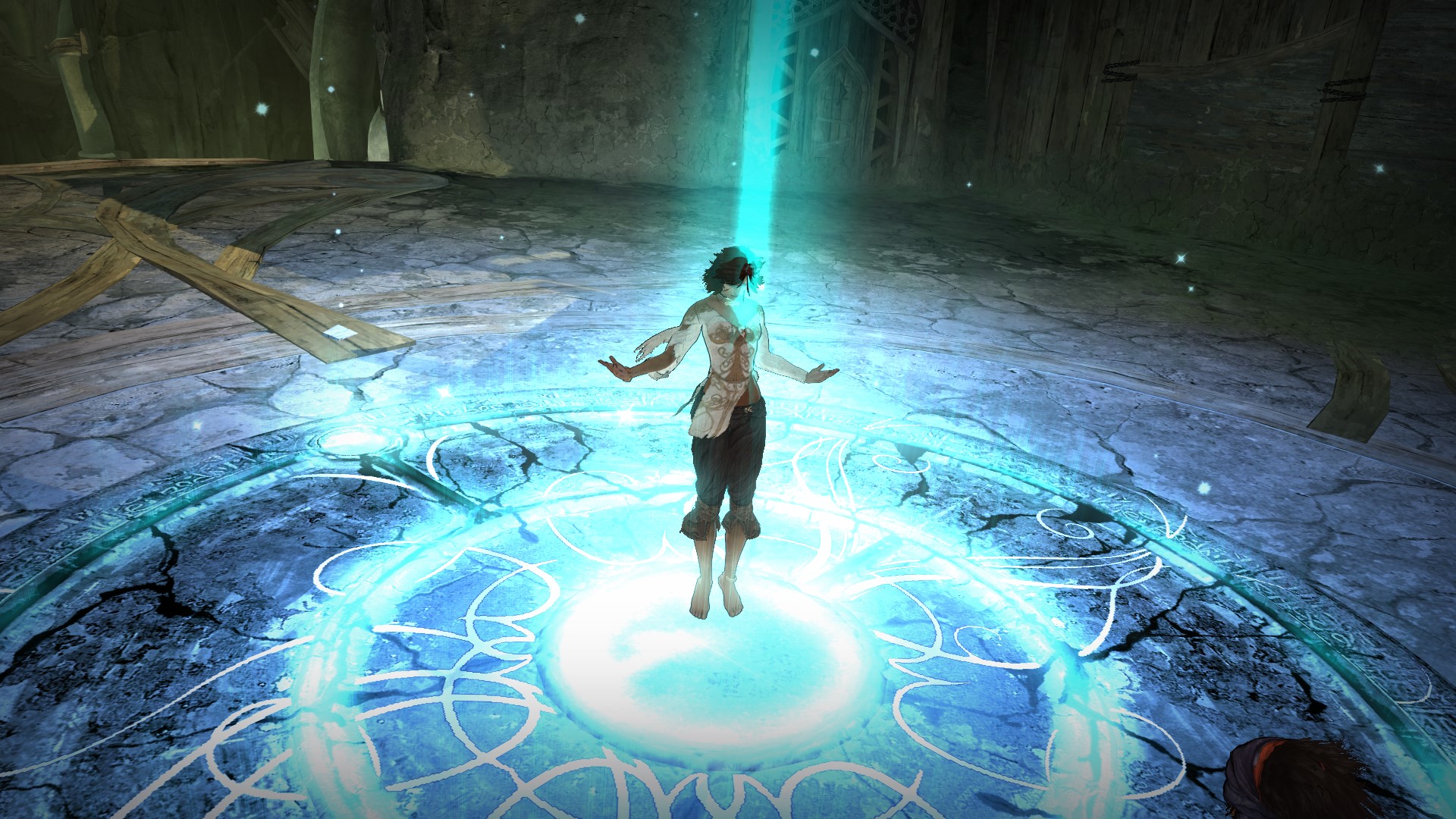
She dies, and the Prince carries her body to its resting place. But the game just keeps going. Quietly, the realisation dawns on you of what the game wants you to do next. After ten hours of blossoming romance, the Prince can’t let sleeping princesses lie—in order to see credits, you need to make the same terrible pact her father did.
You trudge one by one to the four magical seals that hold back the corruption, and break them—methodically undoing everything you’ve achieved. By your hand, the corruption returns, and the hard-won beauty dies away. It’s a shocking and affecting moment, all the more so for making you take the heartbreaking steps yourself rather than simply watching them play out.
As an ending, it’s a very bold swing—which makes it the perfect capstone for a game even more experimental than I remembered. For all its awkward attempts to find a new mass audience for the series, with focus-grouped banter and forgiving difficulty, it’s a game that takes a lot of risks too. In the end, it wasn’t successful in finding a future for Prince of Persia, but it’s a testament to its spirit that in 2023 it’s still an impressive piece of work, not just a historical curiosity. For better and worse, true originality always stands the test of time.

